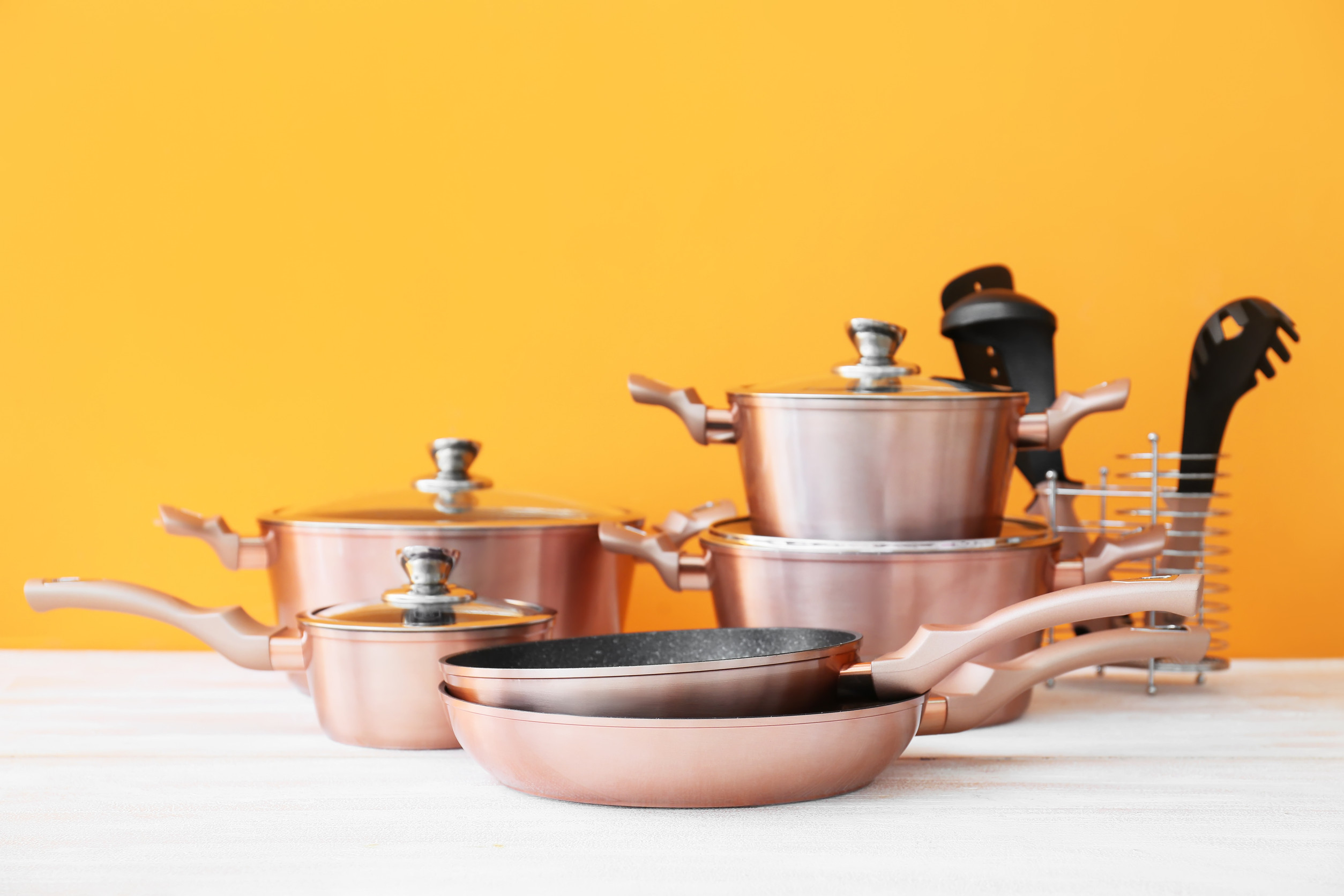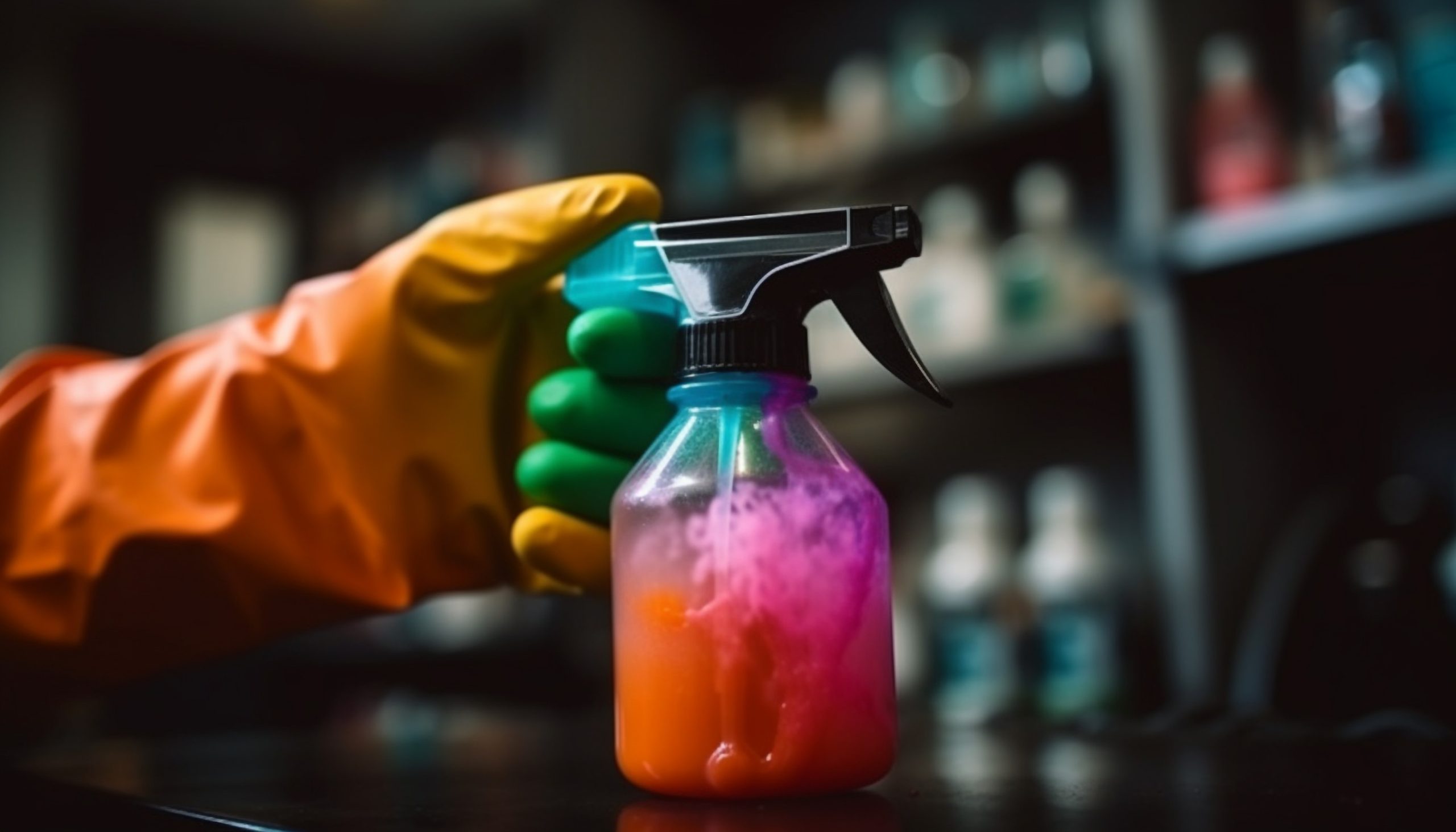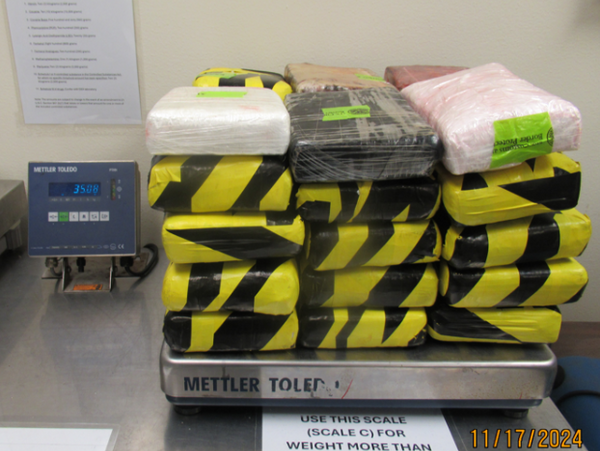
The price tags at the store may look comforting, but lurking behind many everyday bargains is a troubling truth: cheap often comes at the cost of safety. Over the past few decades, major manufacturers have found countless ways to cut production costs, streamline supply chains, and squeeze profit from products that once boasted higher quality and safer ingredients. The outcome is a modern household stocked with affordable essentials—cleaners, furniture, cookware—that may pose unseen health risks.
Shoppers rarely notice what’s been swapped out or diluted until news stories, lawsuits, or chronic illnesses shine a light on what really lives under the sink or inside the closet.
1. Laundry Detergent
Today’s laundry detergents promise brighter whites and floral scents at a fraction of the cost of old-fashioned soaps. But this convenience hides harsh chemicals like optical brighteners, artificial fragrances, and stabilizers that can irritate skin and linger on clothes. Many cheap detergents contain non-biodegradable surfactants that wash down drains and threaten waterways and marine life. Inexpensive formulas also rely on fillers that reduce effectiveness while introducing unnecessary residues. The result is a cheaper bottle that costs less at checkout but can cost far more in long-term health concerns.
2. Non-Stick Cookware
Affordable non-stick pots and pans revolutionized kitchens by promising easy clean-up and less oil use. To keep prices down, many brands use cheaper coatings that break down at high temperatures, releasing toxic fumes. These fumes contain perfluorinated chemicals, linked to various cancers and hormone disruption. Older non-stick products contained PFOA, which was phased out under pressure but replaced with similar compounds that raise new questions. Bargain cookware can be a hidden source of indoor air pollution when scratched or overheated.
3. Air Fresheners
Plug-ins and aerosol sprays fill rooms with scents of lavender, citrus, or ocean breeze for just a few dollars. Beneath the pleasant smell lies a cocktail of volatile organic compounds (VOCs) and phthalates, which can aggravate asthma and disrupt hormones. To keep costs low, manufacturers often rely on synthetic fragrances that mask odors instead of eliminating them. Studies have shown that some air fresheners produce formaldehyde when interacting with ozone in the air. The promise of freshness hides a toxic haze that lingers long after the scent fades.
4. Vinyl Flooring
Vinyl flooring surged in popularity as an affordable, durable alternative to wood or tile. However, cost-cutting has driven the use of plasticizers like phthalates to keep the vinyl flexible. These chemicals can off-gas for years, contaminating indoor air and dust with compounds linked to reproductive issues. Budget flooring can also contain heavy metals like lead and cadmium from low-grade manufacturing. What saves money during renovations may release toxins every time bare feet cross the room.
5. Cleaning Sprays
All-purpose cleaners once relied on simple soap or vinegar solutions, but today’s budget brands brim with harsh solvents and artificial fragrances. Many contain ammonia, bleach, or formaldehyde-releasing agents to deliver quick results on grime and germs. Cost-cutting formulations can irritate eyes, skin, and lungs, especially in small or poorly ventilated spaces. Some ingredients are also hazardous when mixed accidentally, producing harmful fumes. Shiny counters and sparkling mirrors often come at the expense of household air quality.

6. Upholstered Furniture
Lower-priced sofas and chairs frequently rely on polyurethane foam treated with flame retardants to meet flammability standards cheaply. These chemicals do not stay locked in place—they break down and become household dust, exposing families to toxins every time someone sits or bounces on the furniture. Prolonged exposure to flame retardants has been linked to developmental and hormonal issues. Manufacturers once used natural materials like wool or untreated cotton, but synthetic foams dominate because they cut costs dramatically. Bargain furniture often carries a hidden burden of indoor toxins that build up over time.
7. Plastic Food Containers
Plastic storage containers offer an inexpensive solution for leftovers and meal prep, but cheaper versions often contain harmful additives. Many budget plastics are made with BPA or similar bisphenol compounds that can leach into food, especially when heated. Studies connect these chemicals with endocrine disruption and other long-term health risks. While BPA-free labels appear reassuring, the replacements used in cheap containers can be equally questionable. A low sticker price for plastic convenience masks a much higher potential cost to health.
8. Inexpensive Paint
Budget interior paints have improved in coverage and color range, but sometimes skimp on safety. Cheaper paints may contain higher levels of VOCs, which off-gas for days or weeks after application. Prolonged exposure to VOCs can trigger headaches, nausea, and respiratory irritation, particularly in children and the elderly. While regulations have forced many brands to cut VOC levels, ultra-low-cost paints sometimes evade strict oversight. The price of a fresh coat of paint can include lingering toxins trapped in household air.
9. Mattresses
Affordable foam mattresses are a staple for families looking to furnish bedrooms on a budget. To keep production costs down, many are made with synthetic foams that release VOCs during the first weeks or even months of use. Flame retardant chemicals are added to meet flammability standards cheaply instead of using naturally fire-resistant materials. This off-gassing, sometimes called “new mattress smell,” often includes formaldehyde and other hazardous compounds. Restful sleep becomes less reassuring when the bed itself is a source of indoor air pollution.
10. Shampoo and Body Wash
Personal care aisles brim with budget shampoos and body washes promising salon results for less. These low-cost formulas often contain sulfates, parabens, and synthetic fragrances that can irritate skin and disrupt hormones. Cheap preservatives may extend shelf life but contribute to long-term exposure to questionable ingredients. Manufacturers once used more natural oils and milder surfactants, but synthetic substitutes dominate because they slash production costs. Saving a few dollars in the shower means washing with a chemical mix that lingers on the skin and drains into water systems.
The Hidden Price of Bargains
Household budgets benefit when staples cost less, but the hidden trade-off is that cheaper can mean riskier. Many of the conveniences people rely on every day—from spotless counters to fresh-smelling rooms and stain-free clothes—come wrapped in chemicals that rarely appear on labels.
What was once made with simpler, safer materials has been replaced by synthetic shortcuts that boost corporate profits but add invisible toxins to daily life. This reality does not mean all affordable products are inherently dangerous, but it does urge careful reading, mindful choices, and deeper awareness. What do you think? It’s time to hop into the comments and share your views and stories below.
Read More
10 Ways Wealth Inequality Shows Up Inside a Single Household
10 “Natural” Products That Contain Toxic Ingredients
The post 10 Household Products That Got Cheaper—And Far More Toxic appeared first on Everybody Loves Your Money.







